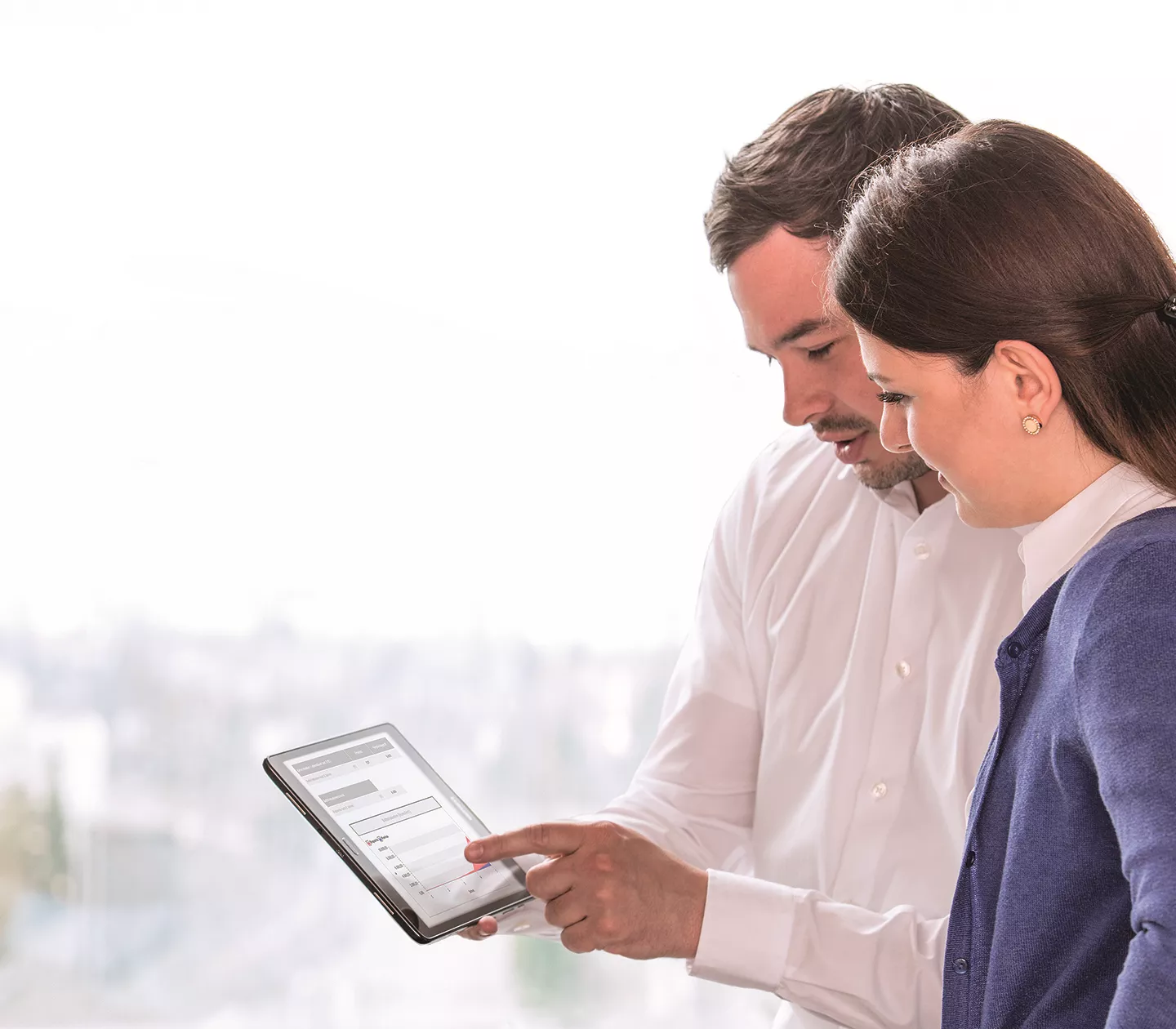How do you avoid the deep discharge of traction batteries?
We help you keep your fleet mobile.
The current situation has led to a temporary shutdown. In many companies, wheels have stopped turning – including those of electric forklift trucks. Long idle times can have a detrimental impact on traction batteries and their service lives. How can this be avoided during shutdowns?

Lead-acid batteries, such as those used to power electric forklift trucks in intralogistics, are meant to be used on a regular basis. If they remain unused for any length of time, the inevitable result is a loss of capacity.
When do we start talking about a deep discharge?
A deep discharge occurs when the residual capacity falls below 20 percent. This can damage the battery or render it unusable. Unfortunately, many operators are completely unaware that this has happened until they try to restart their production lines or logistics systems. Regeneration of batteries in a deep discharge state is often no longer possible with conventional chargers, and necessitates a new purchase involving high costs and wasted time.
How can I prevent batteries going into a deep discharge state?
Our battery chargers ensure that batteries do not go into a deep discharge state. Selectiva chargers are equipped with a conservation charge when they leave the factory, meaning that connected batteries are automatically charged very gently when not in use. Your batteries are therefore ready to use immediately, even if they have been out of action for a long time.
What should I do if a deep discharge nevertheless occurs?
In challenging times, however, a critical deep discharge state may still occur. What can an operator do in such situations? If a deep discharge occurs, our Fronius Selectiva battery chargers have a remedy up their sleeves, as they are equipped with a special deep discharge characteristic specifically for such emergencies. This is a clear advantage compared with other standard chargers, which often cannot be used when batteries are in a deep discharge state, as their voltages are too low and the batteries are consequently unable to detect them. The deep discharge characteristic enables the capacity and performance of the battery to be regenerated to such an extent that normal charging becomes possible again. This increases battery life and eliminates the cost of new purchases.

The diagram shows an example of how a battery discharges over two shifts. If it is not charged, the battery can reach a critical deep discharge state and can then only be recharged using the Fronius deep discharge characteristic.
Armed with our charging technology for every challenge
In addition to the deep discharge characteristic, which can recharge batteries from a critical deep discharge state, the automatic voltage detection feature of the Ri charging process used in Selectiva chargers allows batteries across a range of power categories to be charged using a single charger. Unlike other approaches, this does not use a fixed characteristic but adapts to each individual battery in turn. This ensures maximum energy efficiency and a long battery life. With Selectiva charging technology, you can depend on the highest levels of quality and reliability, even during extended downtimes.
Any questions? Just get in touch!


